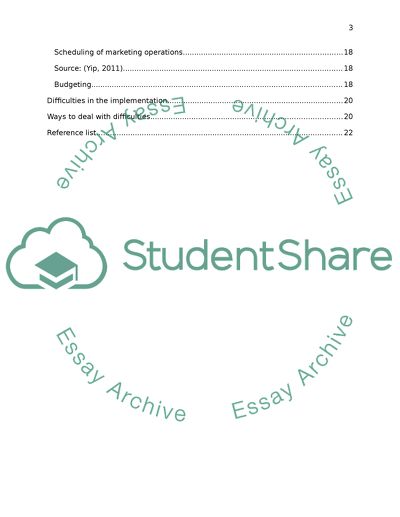Cite this document
(“Launching new financial product in emerging market: Literature review”, n.d.)
Retrieved from https://studentshare.org/marketing/1482178-launching-new-financial-product-in-emerging
Retrieved from https://studentshare.org/marketing/1482178-launching-new-financial-product-in-emerging
(Launching New Financial Product in Emerging Market: Literature Review)
https://studentshare.org/marketing/1482178-launching-new-financial-product-in-emerging.
https://studentshare.org/marketing/1482178-launching-new-financial-product-in-emerging.
“Launching New Financial Product in Emerging Market: Literature Review”, n.d. https://studentshare.org/marketing/1482178-launching-new-financial-product-in-emerging.


